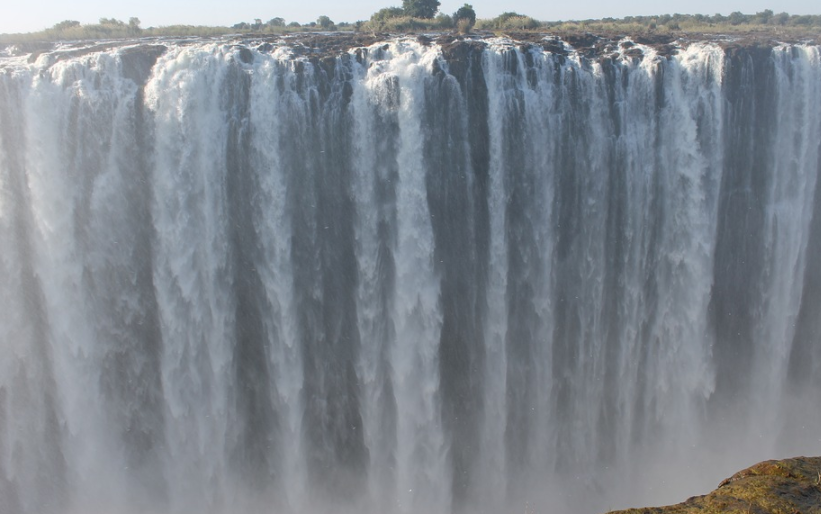
As one of David Livingstone’s most prominent, most acclaimed disclosures and one of the Seven Natural Wonders of the World, we’ve uncovered 10 things you presumably didn’t think about Victoria Falls.
1. First found by European eyes in 1855
The Falls were first seen by European eyes when David Livingstone found them in 1855. To see them he remained upon what is presently known as Livingstone Island; a little outcrop of land at the edge of the Falls, in Livingstone, Zambia.
2. Without the Zambezi River, the Falls would not exist
They are a piece of the Zambezi’s 2,574 km extended length and falsehood precisely most of the way along the waterway, with the Zambezi at that point leaving the Falls and advancing east to stream into the Indian Ocean.
3. The progression of the Zambezi and water levels change
From September to December the progression of the Zambezi diminishes and water levels drop. This permits adrenaline junkies to swim to the actual edge of Victoria Falls in a normally shaped pool and gaze down into the gorge underneath. The pool is made by a stone divider that ends the current enough for a dip; it is unfavorably named ‘Fiend’s Pool.’
4. The Falls are 1,708 meters wide and 108 meters high
While known as the world’s biggest cascade Victoria Falls is neither the most noteworthy (Angel Falls) nor the greatest (Khone Falls). Notwithstanding, it is the biggest drapery of falling water in the world, one and a half times more extensive than Niagra Falls and twice as high.
5. On the Zimbabwean side of the Falls lies The Victoria Falls Rainforest
This exceptional spot is home to interesting plant and creature life, some of which are native to the space. Their current circumstance is one similarly remarkable, as the rainforest is the solitary put on earth where it rains the entire day … ordinary! This is an immediate aftereffect of the water fume ascending from the Falls, which at that point falls as downpour in the rainforest…
6. Victoria Falls is home to a ‘Moonbow’, which is a rainbow around evening time.
As the sun sets on a full moon, Victoria Falls has an uncommon and wonderful sight as the light from the moon bobbing off the splash offers life to a ‘moonbow’, a rainbow during the evening. The display keeps going from nightfall to dawn and is one of Africa’s generally particular and striking mysteries.
7. David Livingstone had heard enchanted stories about the cascade
Prior to investigating the territory and seeing the Falls for himself, David Livingstone had effectively heard stories of the strong cascade. In spite of the fact that at the time it wasn’t called Victoria Falls! Local people had named it Mosi-oa-tunya, which signifies ‘The Smoke That Thunders’. Livingstone re-named the Falls out of appreciation for Queen Victoria.
